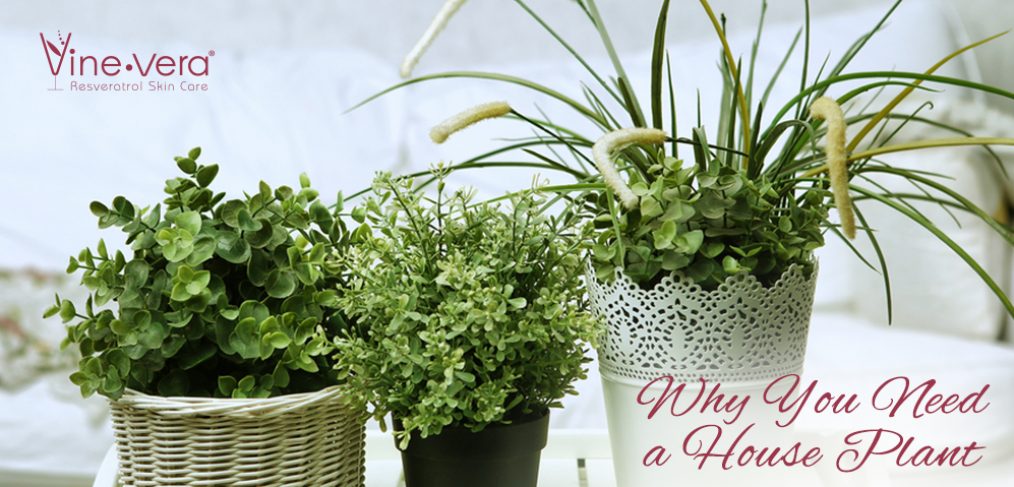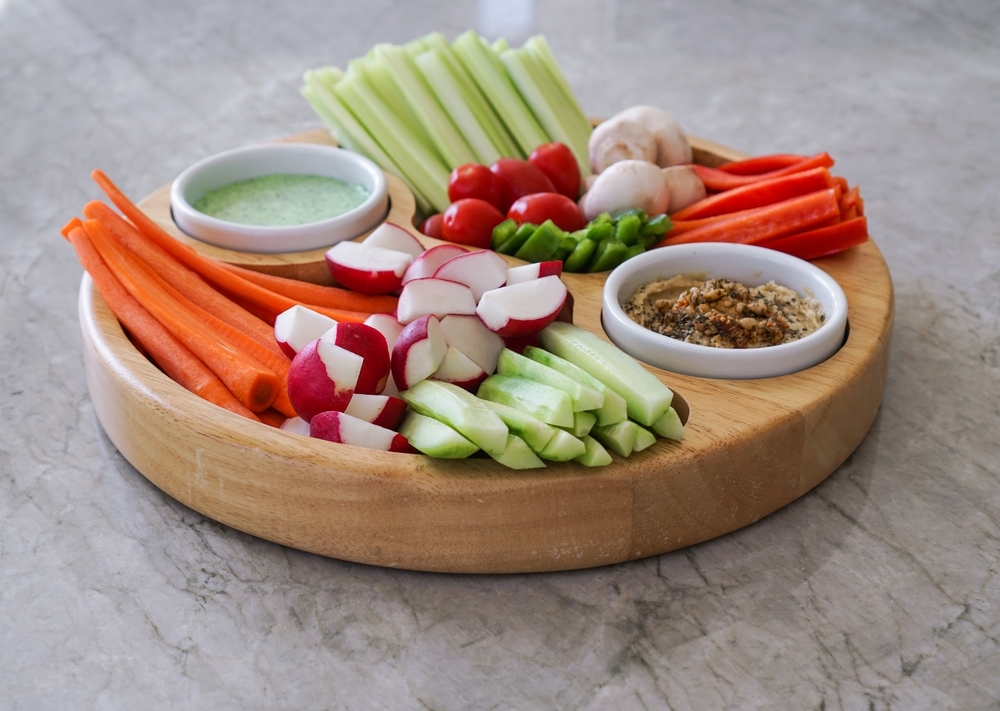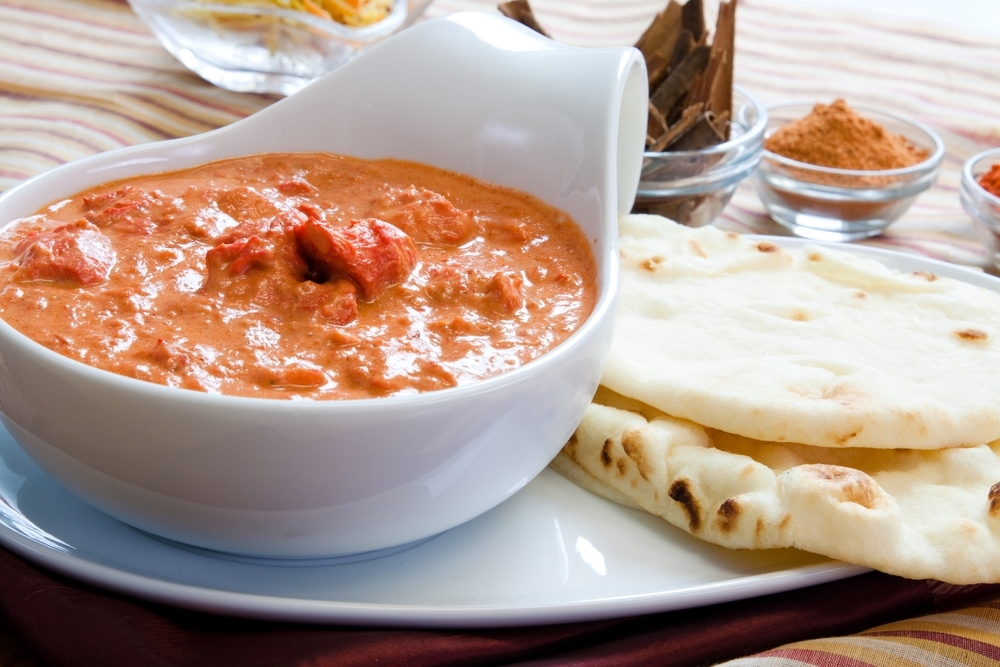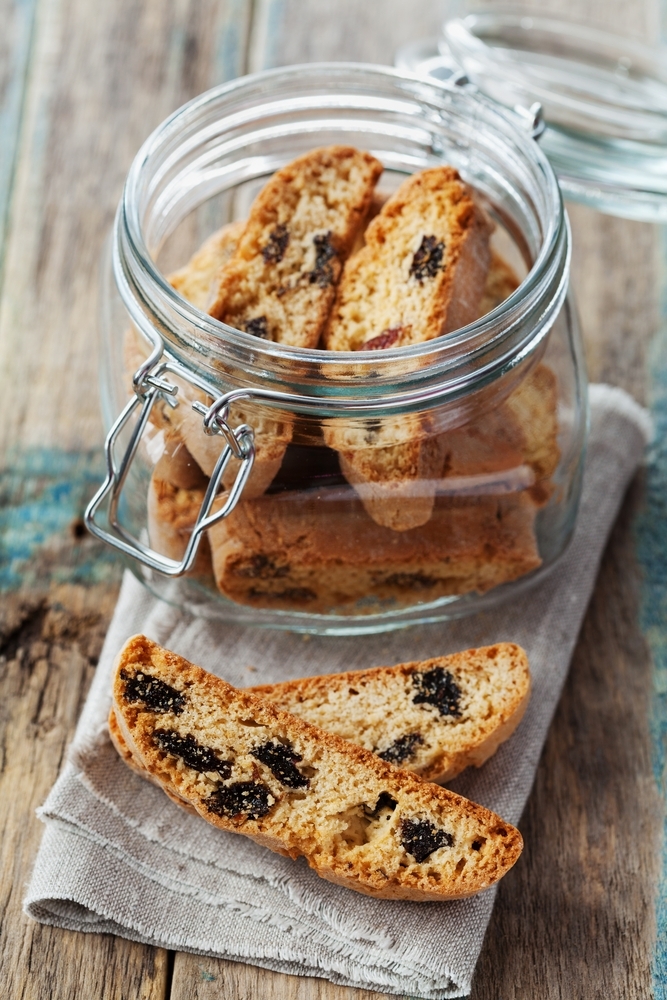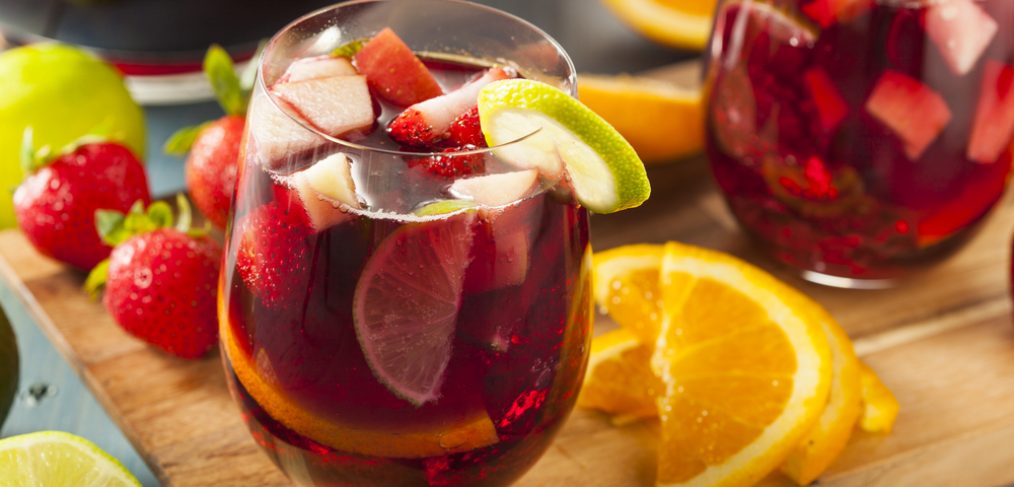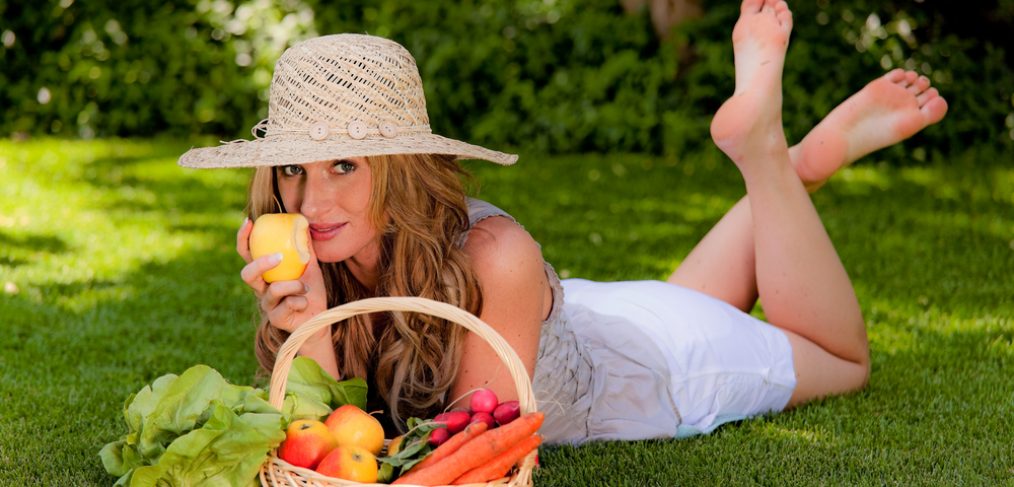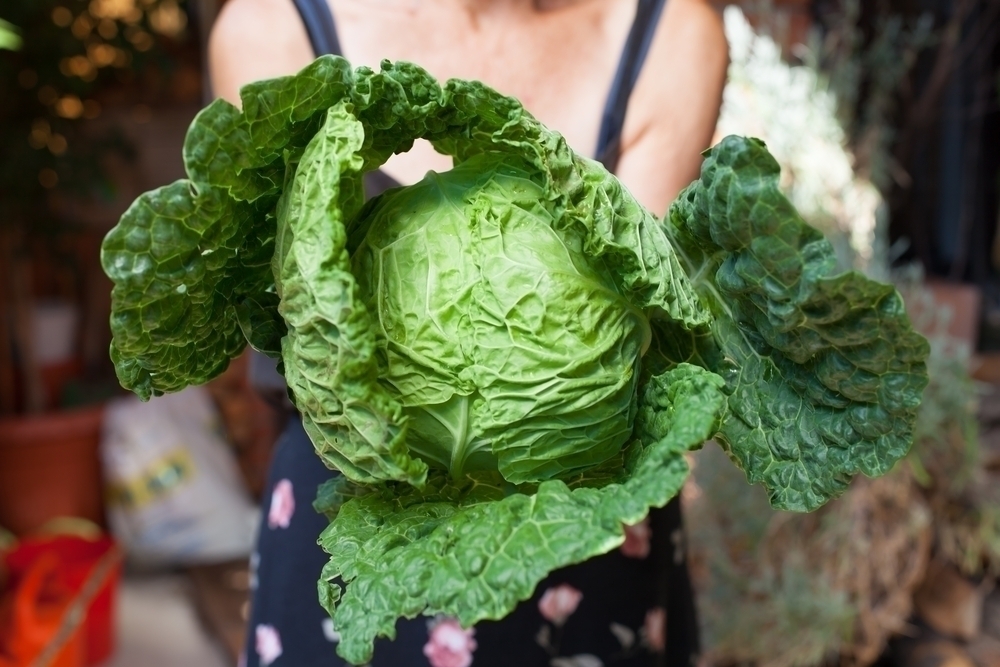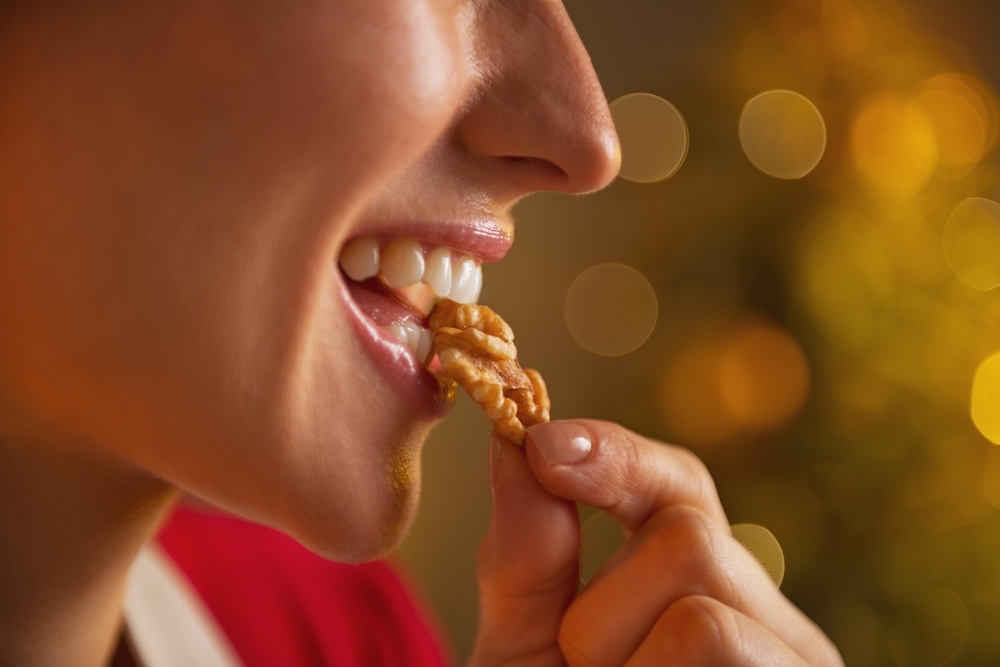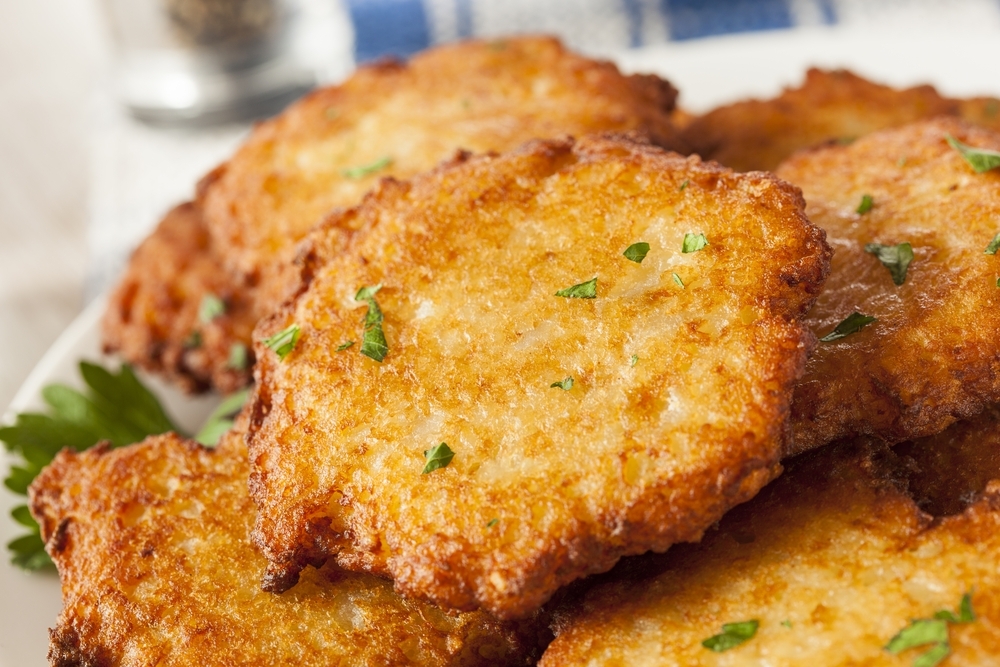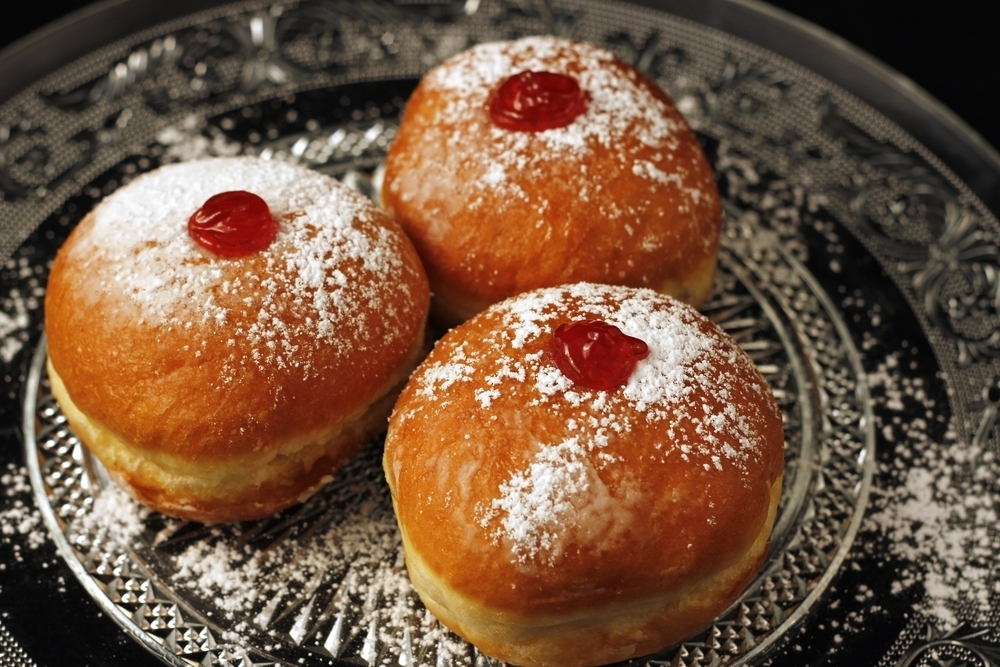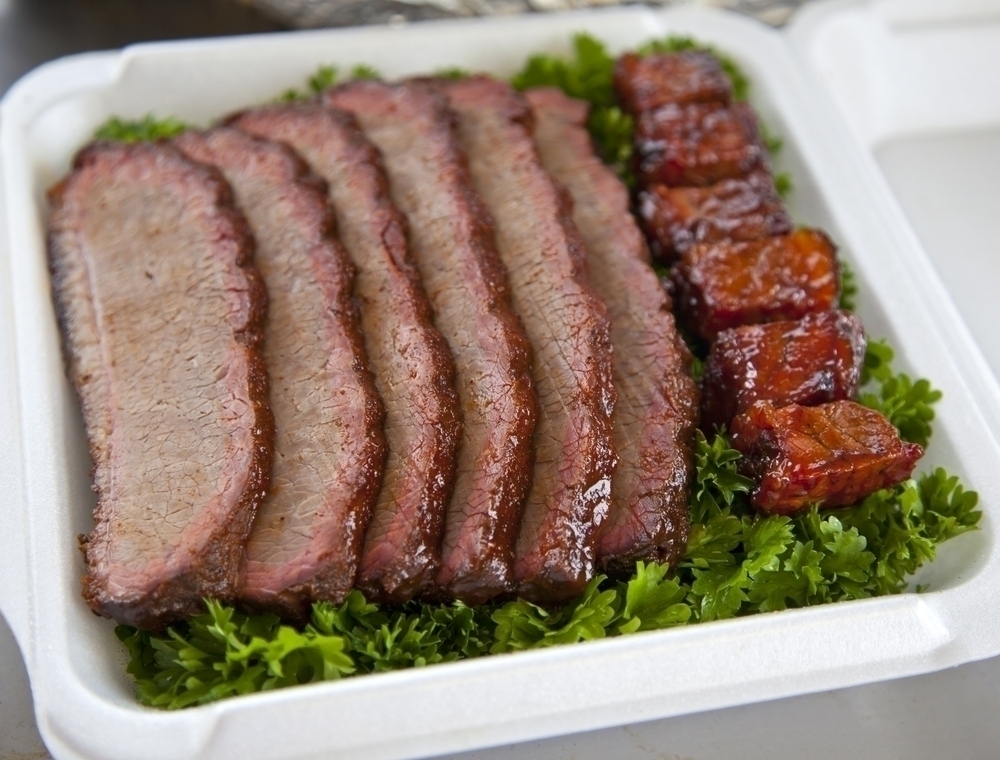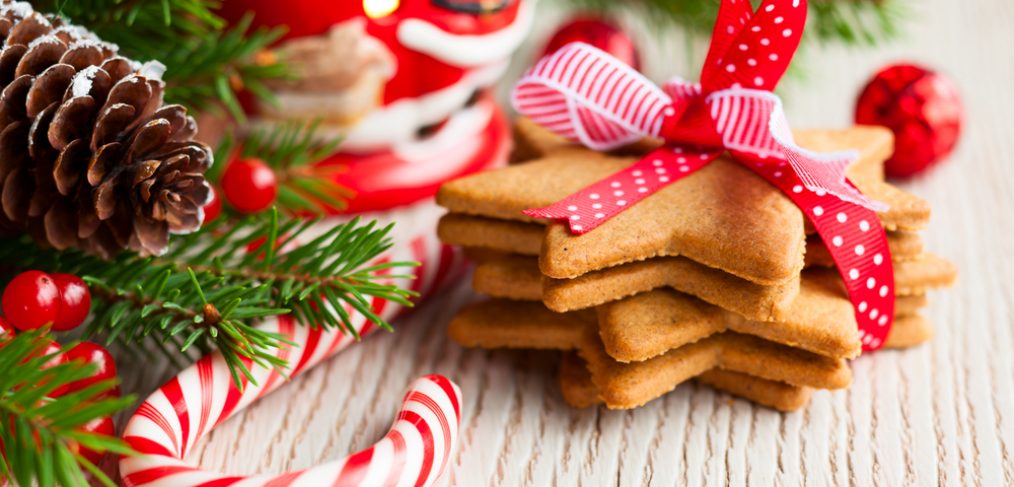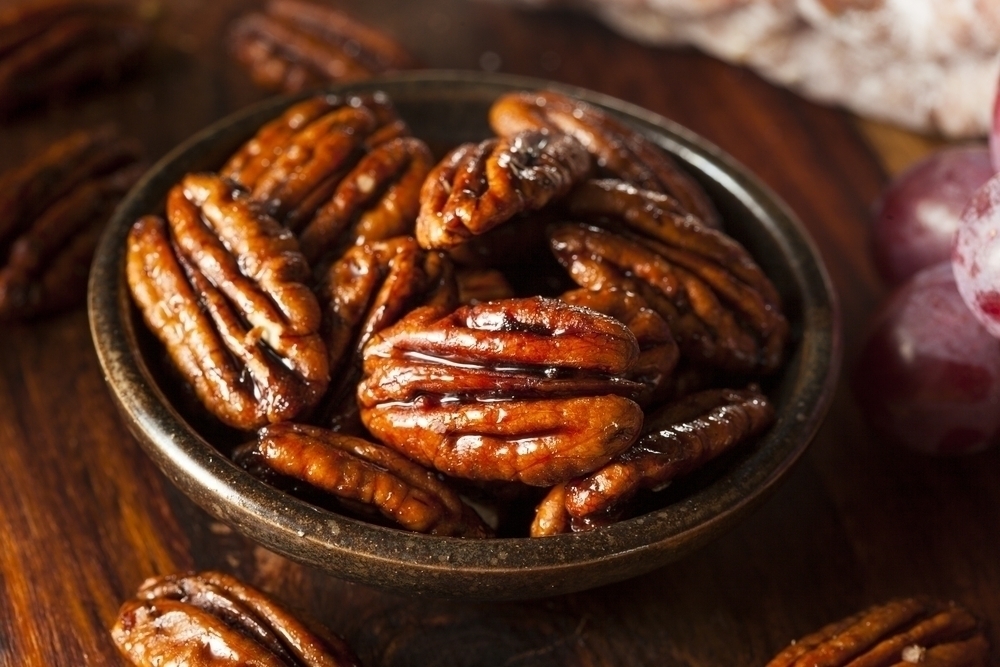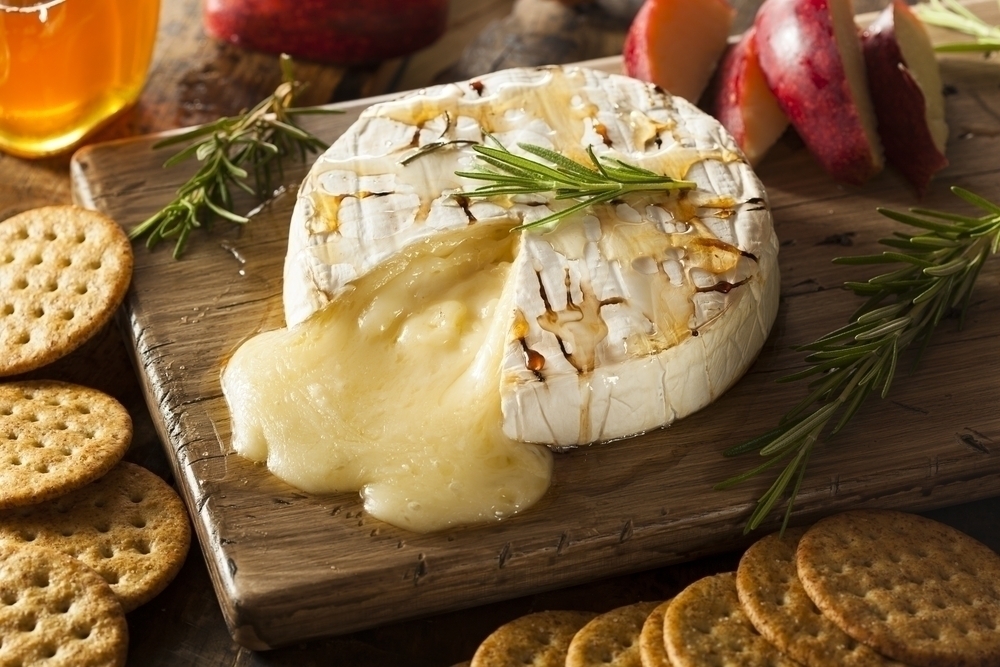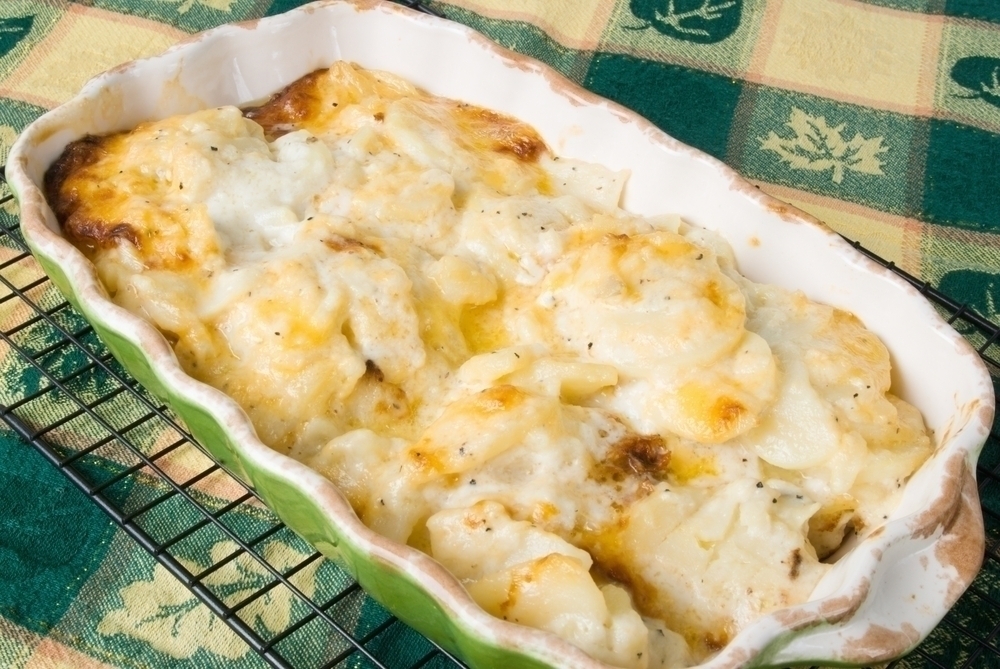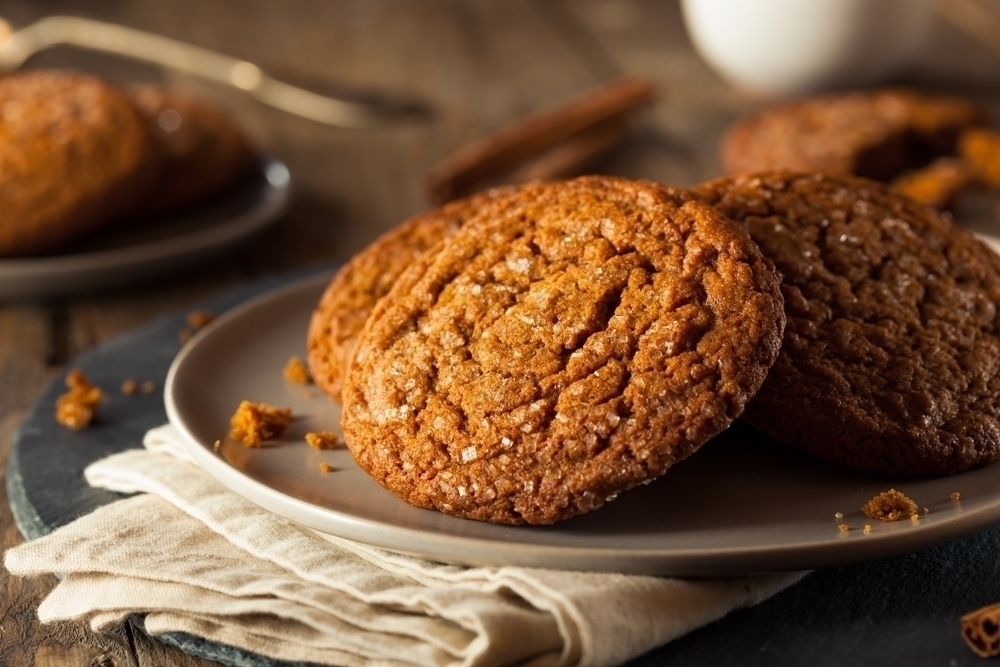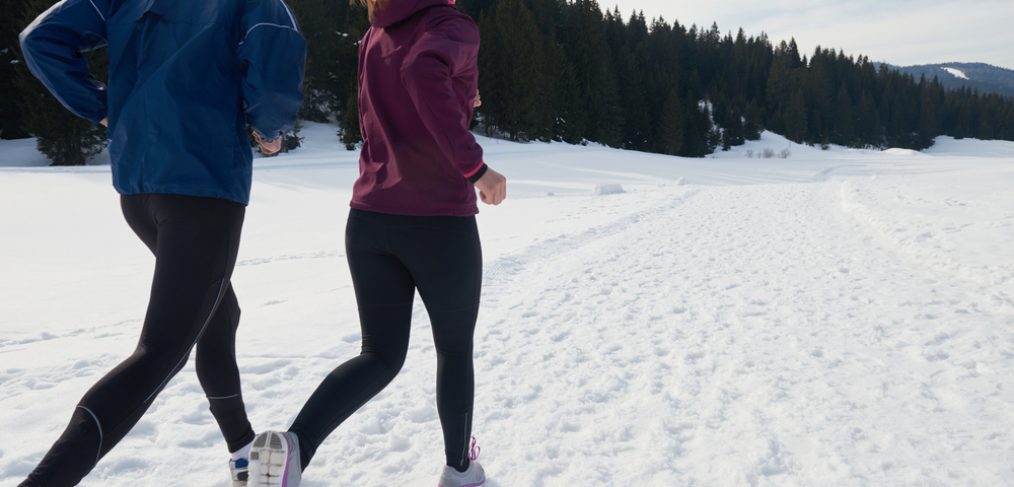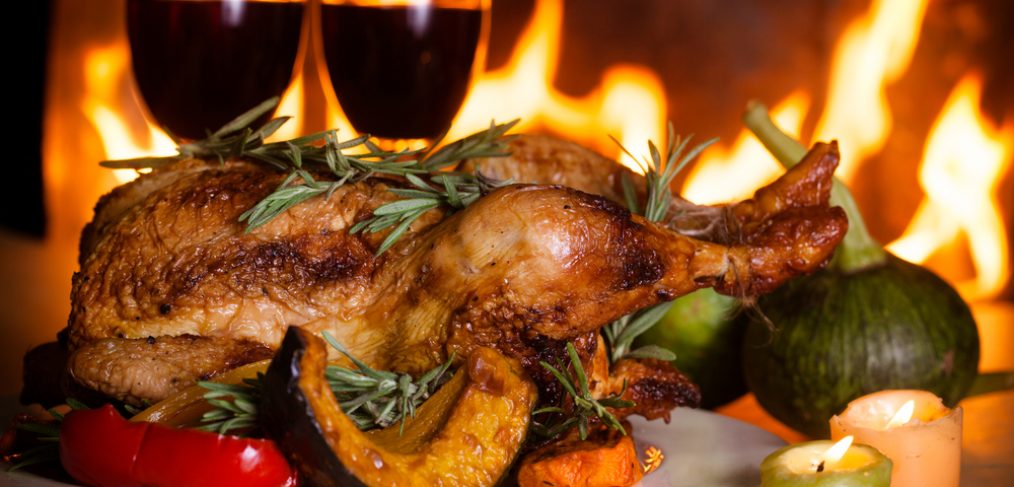If you’ve ever been surprised by a bouquet of beautiful flowers or a pretty potted plant, you know the instant mood lift you can get just by seeing them, but you might not realize that these plants actually do have significant health benefits. A houseplant is so much more than a decoration, it can improve your breathing, reduce the number of illnesses you suffer from and increase your mental functioning. Learn five reasons you need a houseplant below, and find out which houseplant varieties are thought to be the most beneficial.
Better Breathing
When you inhale you bring oxygen into your body then you release carbon dioxide as you exhale. Your houseplant does the reverse in a process known as photosynthesis. During photosynthesis, plants absorb carbon dioxide and release oxygen. Keeping a houseplant increases oxygen levels, which leads to better breathing. Photosynthesis is a process done during daylight hours, but some houseplants such as orchids and succulents, continue to absorb carbon dioxide and release oxygen throughout the night. An orchid in your bedroom can improve breathing during your sleep, which leads to a better, more restful sleep.
Air Cleaning
According to space agency NASA, both the plants and the roots are used in removing trace levels of toxic vapors from tightly sealed buildings. Low levels of chemicals like formaldehyde and carbon monoxide can be removed using plant leaves alone. Some of the most effective houseplants for air cleansing are:
- Peace lily
- Gerbera daisy
- Bamboo palm
- English ivy
- Spider plant
Reduce Illness
The roots of plants tap into the groundwater table and then release this as moisture in the air in a process known as transpiration. The moisture produced by transpiration is responsible for about 10 percent of all moisture in the atmosphere. Houseplants complete the same process indoors thereby increasing the moisture level in your home. While this may not sound that like an impressive reason to get a houseplant, studies conducted by the Agricultural University of Norway associate an increased moisture level in your home has been linked to a decreased incidence of colds, dry skin, sore throats and dry coughs.
Promote Healing
Bringing flowers or a houseplant to someone recovering from a chronic illness or rehabilitating after a surgery is a common practice, and some research shows that this may be more than a kind gesture. A study conducted at Kansas State University revealed that simply looking at plants during recovery from a surgery was associated with lowered systolic blood pressure and decreased levels of pain, anxiety and fatigue when compared to patients without plants in their rooms. The study labels plants as a “noninvasive, inexpensive and effective complementary medicine for surgical patients.”
Increase Mental Function
Have you ever gone outside for a quick walk and found that your concentration and mental clarity seemed improved? If so, that’s because simply being in the presence of nature provides some significant brain benefits like concentration, memory and productivity. A study from the University of Michigan suggests that merely being near plants can increase memory retention by up to 20 percent. Notes Texas A&M, “keeping ornamental plants in the home and in the workplace increases memory retention and concentration. Work performed under the natural influence of ornamental plants is normally of higher quality and completed with much higher accuracy rate than work done in environments devoid of nature.”
A houseplant expresses your personality, adds beauty to your home and improves your physical and mental health. Bring a houseplant home today to breath easier, work better and enjoy the presence of natural beauty around you.



